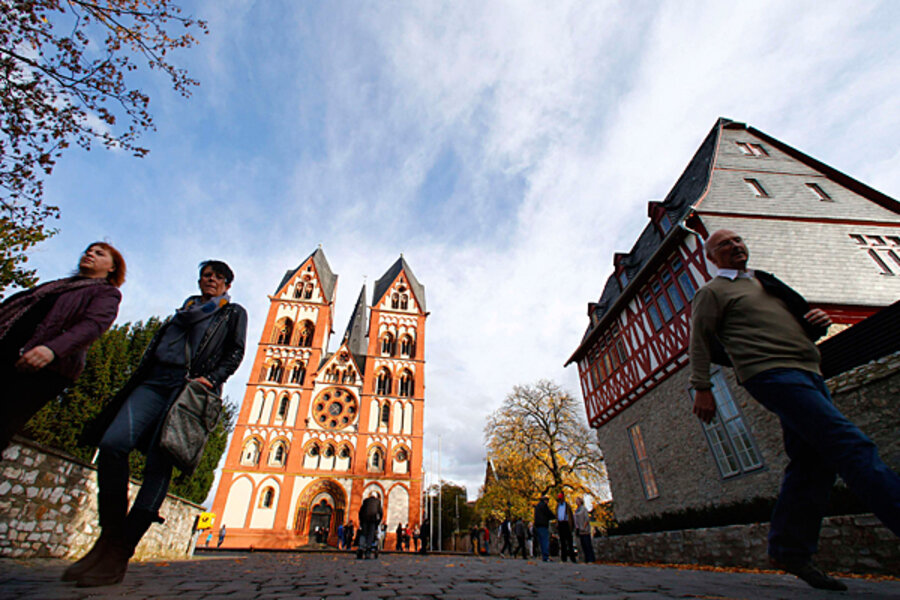Germany is the world's fourth-richest country, and citizens registered as Catholic, Protestant, or Jewish pay a tax to their religious institutions: between 8 and 9 percent of their income, depending on the region. With Catholics accounting for 31 percent of the country's population, the church claims about 25 million tax-paying adherents, who contributed $6.5 billion in 2011. A priest from Mannheim, a city in southwestern Germany, told the BBC why the tax, instituted in 1803 to compensate the church after some of its properties were nationalized, remained important: "With kindergarten, with homes for elderly or unemployed, we've got really good things so I know we need the tax to help the German country to do good things."
On Monday, Germany's Humanist Union proposed legislation that would end state payments to religious institutions, the website Taz.de reported.








